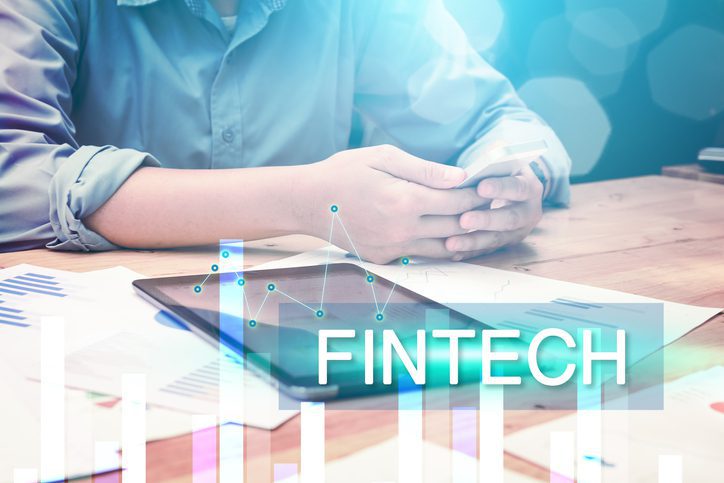[Editor’s note: This is the second article (see first article here) in a special series we are publishing from Wharton Fintech ahead of LendIt Fintech USA. They are covering topics that will be addressed at the big annual event next week. This piece is by Yuan Fan, Wharton MBA Class of ’22.]
This past year was a true roller coaster ride for lending businesses: sudden drops in consumer spendings as well as business spendings due to lockdowns, deteriorating credit performances, unemployments and PPP loans, unexpected acceleration in e-commerce and digitalization of financial services, favorable regulation changes, and more. I’m eager to hear directly from all these fintech industry experts at LendIt Fintech USA about what they have learned during the pandemic and what they think will be next for lending.
Below, I would like to share with you two observations that I have for this space:
- Fintech companies are becoming banks
- Non-fintech companies are developing fintech arms
1. Fintech companies are becoming banks, by seeking or acquiring US banking licenses.
Most fintech companies provide banking and lending services via partnering with chartered banks (usually smaller community banks with banking licenses). For example, Chime issues credit cards through its partner bank Stride Bank, a nationally-chartered bank and an FDIC member.
However, a recent trend is that fintech companies have started to pursue their own banking licenses.
- Last July, the OCC approved the national bank charter application of Varo Bank, making Varo the first consumer fintech company in the US to gain a national bank charter.
- In January, LendingClub received the final approval from the OCC on its acquisition of Radius Bank, an FDIC-insured digital bank.
- In March, Square’s in-house industrial bank Square Financial Service began operations after completing the charter approval process with the FDIC and the Utah Department of Financial Institutions. Another leading player SoFi is working towards obtaining a bank charter too, but through the purchase of Californian community bank Golden Pacific. This application is still pending approval by the OCC and the Federal Reserve.
- Figure and Oportun also applied for a national bank charter with the OCC and are still awaiting decisions.
So why is this happening? One reason is that regulators increasingly view fintech companies as beneficial to consumers and therefore are more open to their charter applications. On the fintech side, being a bank can allow them to scale at their own pace, operate independently, and pursue new market opportunities and bigger margins.
2. “Every company will be a fintech company.” – Angela Strange, a16z blog
At the end of 2019, Angela Strange gave a speech at a16z Summit and this famous statement was from there. She believed that every company will derive a significant portion of its revenue from financial services.
This is actually happening. One good example is big techs, who have been developing their own fintech arms aggressively in the past several years.
- Apple has Apple Pay and launched the Apple Card in August 2019.
- Facebook launched Facebook Pay on Messenger in November 2019 and later on Whatsapp and Instagram. Another big movement is to launch its digital currency project Diem (previously known as Libra) in 2021, after clearing regulatory hurdles.
- Amazon has had a small business loan program for its sellers for some time. One recent advancement in fintech is to launch Amazon One, a new palm payment system used in Amazon Go stores, in September 2020.
- Google redesigned and launched Google Pay in November 2020 and is offering bank accounts.
Another example is Walmart. Walmart announced its fintech unit Hazel by Walmart in April (partnering with fintech VC Ribbit Capital), aiming to provide financial services such as credit and debit cards, bill payment, and cryptocurrency services.
Although most of the above initiatives are not directly in lending, the rich data gathered from the payment services could be the foundation of their next lending businesses. This is similar to how Square and Stripe were able to develop their lending businesses leveraging merchant transaction data. So, what’s next for these non-fintech “fintech companies”? Will we see a lending program for Instagram users or sellers in the future? Maybe. It is all possible.
As we continue to monitor trends in the future of Lending, I’m particularly excited to hear from Melissa Koide (FinRegLab), Angela Ceresnie (Climb Credit), and Mike De Vere (Zest AI) on ‘Ensuring Fairness in Lending with AI (Tues, 2:25pm ET); Christopher Odinet (University of Iowa) and Catherine Brennan (Hudson Cook) discussing ‘Changes are Coming for Small Dollar Lending: What it Means for FinTech’ (Tues, 3:10pm ET); and the many best-in-class speakers on the ‘Post Pandemic: The Renaissance in Consumer Lending is Coming’ panel (Wed, 3:10pm ET), who will undoubtedly share incredible insights on what’s to come.



